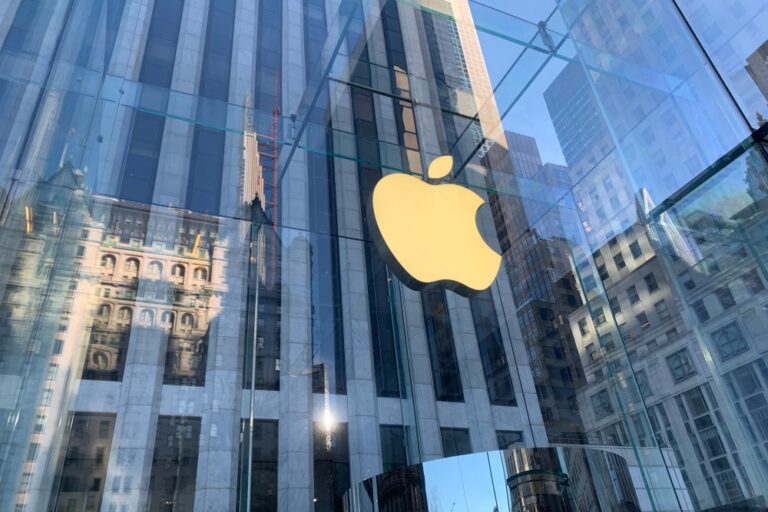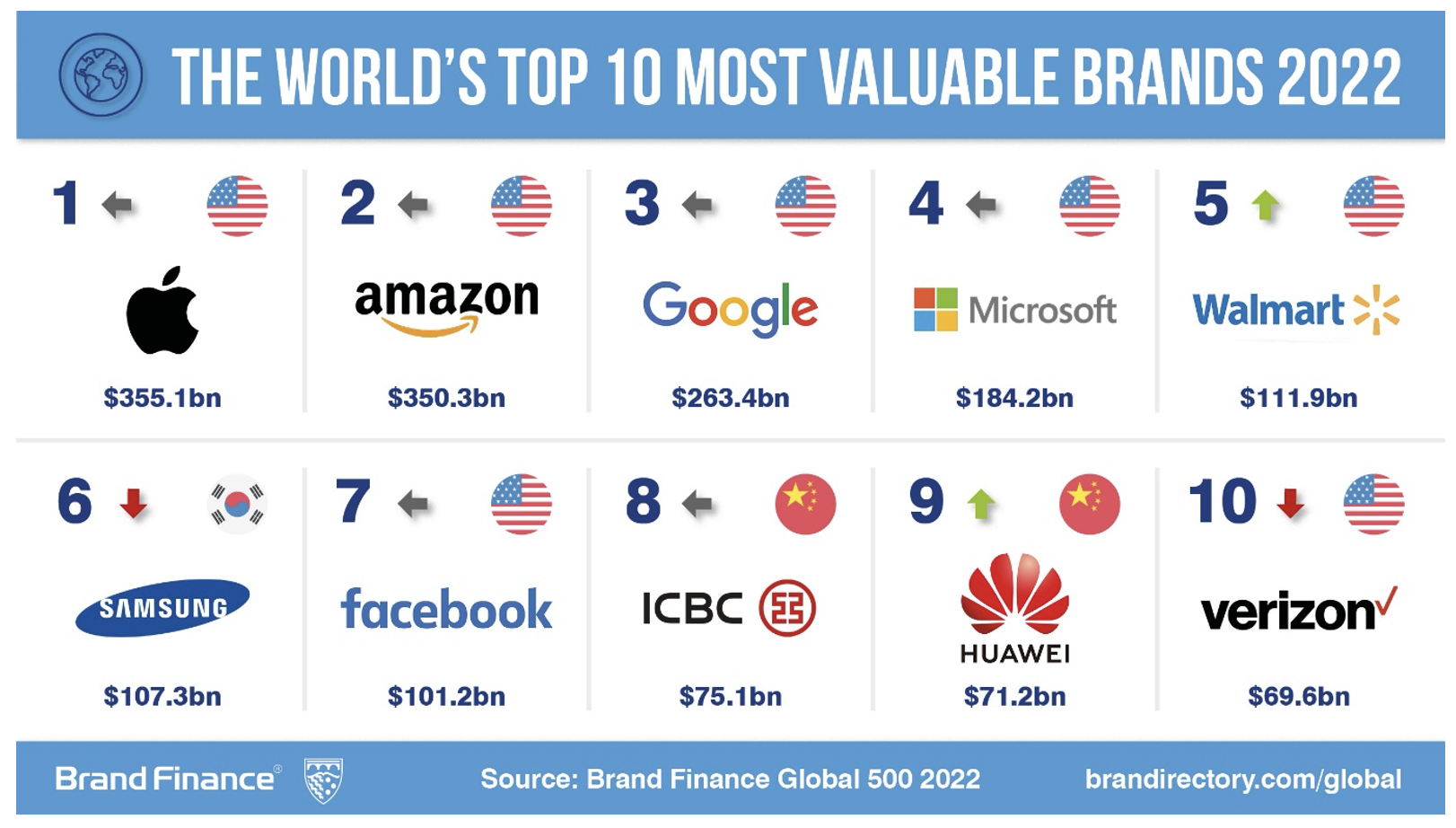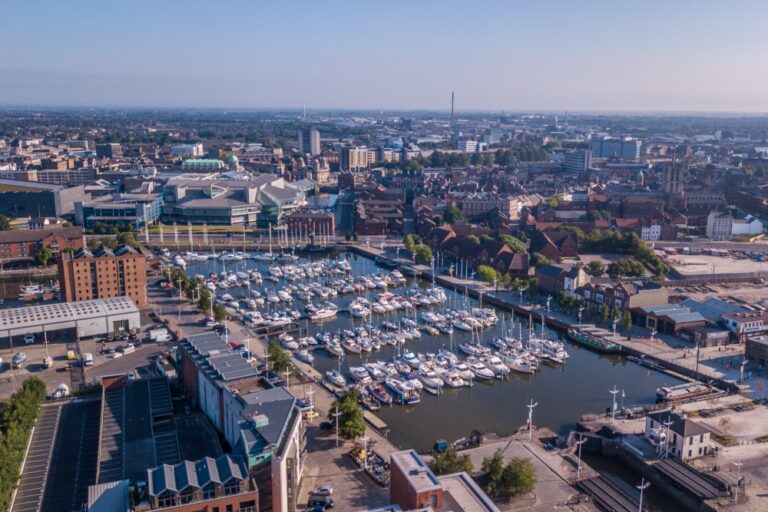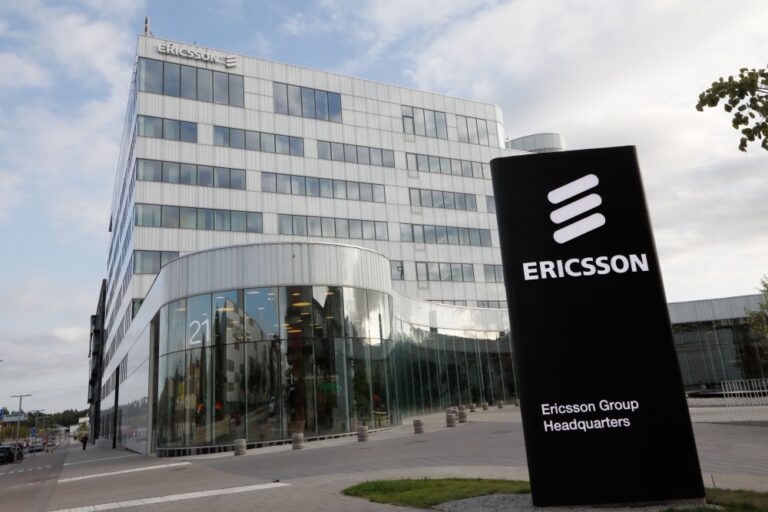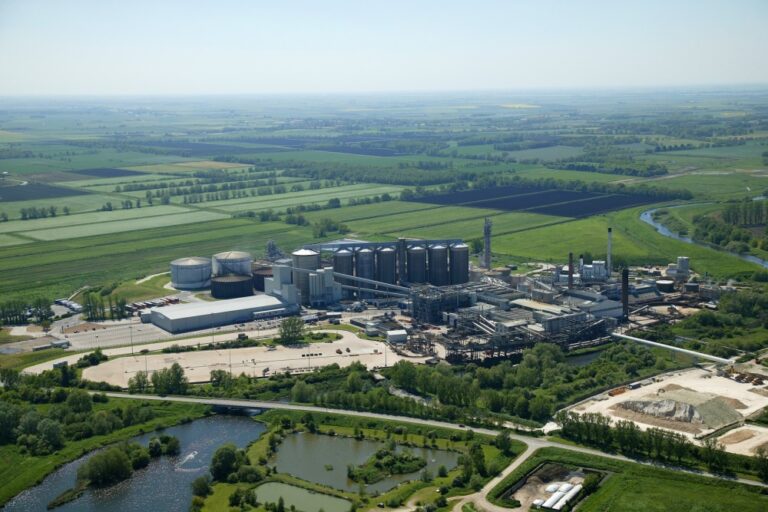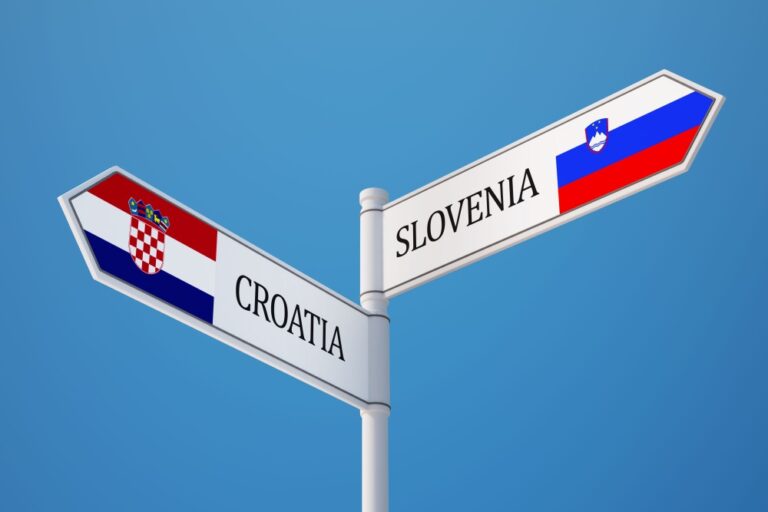When inserted into the street lighting grid, these gadgets will create multi-gigabit wireless networks
Israel’s Siklu and Holland’ s Signify have a shared vision to turn our street lighting infrastructures into wireless networks. By integrating the two they could save economies a fortune on installation time and money and usher in the age of the Internet of things in record time.
Petach Tikva-based Siklu, a millimeter-wave (mmWave) networking specialist, is to integrate its knowledge of gigabit wireless access (GWA) with the lighting and aesthetics knowhow of Eindhoven’s Signify. Together they could to create a network grid that can illuminate city dwellers in both senses of the word.
Brightsites, smart city
This combination of Siklu’s MultiHaul multi-gigabit wireless connectivity technology and Signify’s BrightSites portfolio has been included into a portfolio dubbed Broadband luminaries.
Signify’s BrightSites system will set up 4G and 5G small cells from which Internet of Things (IoT) will support traffic monitoring, security and digital inclusion initiatives.
Municipal wi-fi will ensure that everyone gets residential broadband access.
The ‘li-fi’ hybrid could significantly wean us off our fibre dependency. This could speed up the city-wide roll-out of secure and reliable multi-gigabit wireless connectivity in a fraction of the time and money that a fibre run would cost.
Saves fussing with fibre
Siklu’s MultiHaul TG is Siklu’s third-generation 60 GHz point-to-multipoint product line and fifth-generation overall of V-Band products. Siklu has hundreds of thousands of products installed in hundreds of cities around the world and offers advanced software tools to design and operate a network.
It says it can support any type of network shape from a small campus to a city or regional deployment. The Broadband luminaire portfolio collaboration has been a work in progress for a year, as Siklu’s MultiHaul N366 TG node was fine tuned.
With market validation in the bag, the two companies have agreed to expand the collaboration to jointly develop and commercialise solutions for street lighting infrastructure.
Light, cameras, action
“We aim to radically accelerate the transition to smart cities by enabling the lighting infrastructure as a primary platform for cost-effective and scalable broadband connectivity,” said Khalid Aziz, head of connectivity solutions at Signify.
The crucial point to remember is that every light point acts as a data hub. This is what saves time and money, and shrinks the carbon footprint of the installation.
Siklu products are already in a wide range of urban and industrial services that require gigabit broadband access, according to Ronen Ben-Hamou, CEO of Siklu: “With the increasing demand for high-speed internet connections everywhere, especially in the COVID era, we share Signify’s vision of using the lighting infrastructure as the connectivity grid of the future.”




